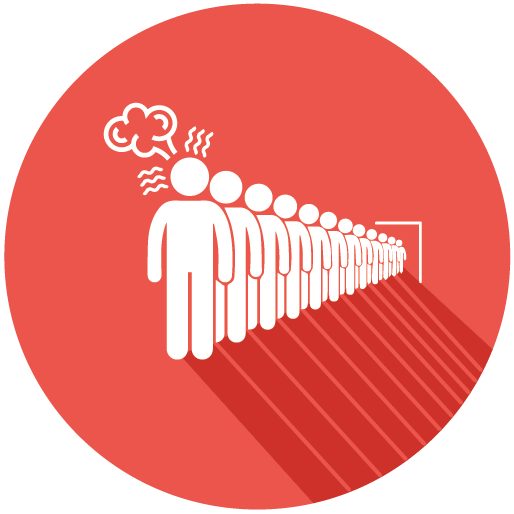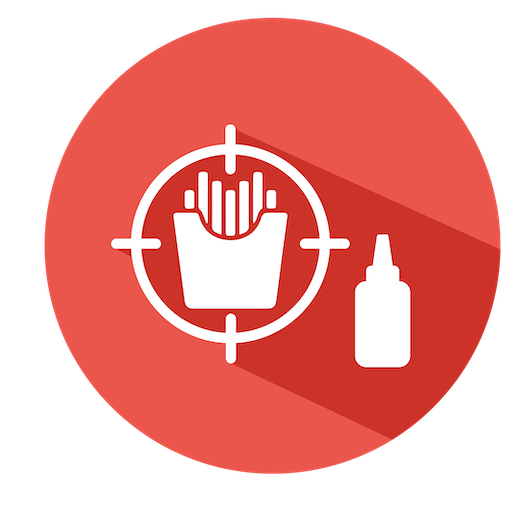
For the past years, an important new factor guides our decisions when buying different products: how sustainable, organic, or natural they are. Although on a large scale we produce and consume a lot of synthetics (foods and drinks, care products, clothes) we crave to get back to the bare essentials.
People wish to experience more of the dewy grass and less of the concrete dust. In recent years, we have seen a surge of products and services that harvest the natural, the organic, and the minimal. Those that originate from plants, animals, or humans are considered to be natural (Rozin, 2005).
Sustainable living is not only a modern lifestyle choice but a necessity we embrace as individuals and as businesses. We are willing to drive further, pay more, and put more effort into buying products that are undisruptive to the environment and our bodies. Well, as much as possible anyway. But just as we are willing to put more effort into acquiring natural products, we are more likely to ignore them if they come in a package. Not only in a store but when we shop online too. Do you want to know why?
Posted in Archive, Conversion
published on Monday, 21 March 2022
Nobody wants to finish last. Regardless of which sphere of live you investigate, people take significant effort not to end up in the painful last position. Diners in restaurants rarely order the cheapest wine on the menu—with preferences clustering around the second cheapest option (McFadden, 1999). The pain of rejection stings most when one is picked last in gym class, whereas the person in the second-last spot breathes a sigh of relief (Weir, 2012).
But what about waiting in queues? Is waiting actually more painful for the last person in line compared to someone waiting an equal amount of time with one additional person behind him?
Through an impressive series of five studies on both in-store and simulated queuing environments, the behavioral scientist Ryan W. Buella investigated the psychological dynamics of queuing. He discovered that being the last one in line carries a powerful psychological difference that has striking consequences on our behavior and satisfaction.
Posted in Archive, Conversion
published on Wednesday, 14 July 2021
Imagine that you are a retail store manager who has an oversupply of hot dogs. To boost sales, you decide to create an 'outdoor barbeque' display by placing a variety of complements (e.g. condiments, buns, napkins, plastic forks, and beer) on top of the case containing the hot dogs.
Would such a strategy be successful at attracting shoppers to view the hot dogs? If so, how should you design the display of complements to maximize shopper attention?
Posted in Archive, Conversion
published on Friday, 07 May 2021
With knowledge expanding increasingly fast these days it might be hard to keep track of what is new and happening in Neuromarketing. We try to review new articles weekly in order to keep you up to date on what is new.
To give you an overview of Neuromarketing insights in 2020, we’ve selected the articles that you guys found most interesting and were read the most. These are the 5 best Neuromarketing insights of 2020!
Posted in Research, Archive, Strategy, Advertising, Conversion
published on Monday, 01 February 2021
A 1988 research article investigated consumer reaction to numerical comparisons, using the lean/fat composition of hamburgers at an 80:20 ratio. Framing of the question was found to be a major factor in perceptions. People were more likely to buy hamburgers advertised as 80% fat-free than those presented with a “contains 20% fat” label. It’s a perfect illustration of the human brain’s inclination toward a framing effect bias. But do we also respond differently when presented with rounded versus unrounded numbers? Keep reading to find out!
Posted in Archive, Conversion
published on Monday, 18 January 2021





